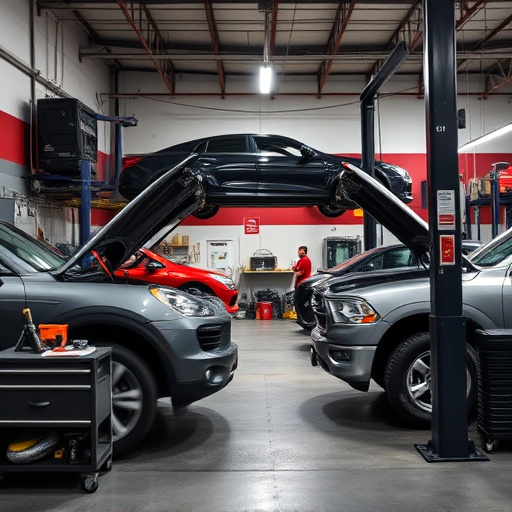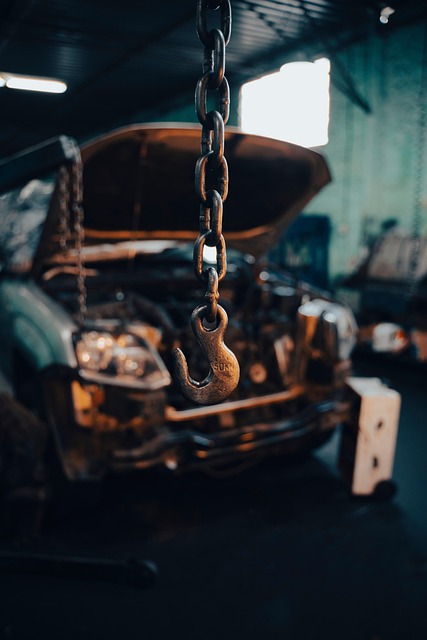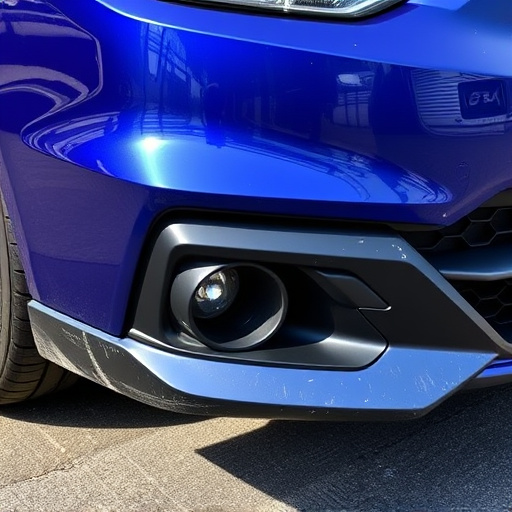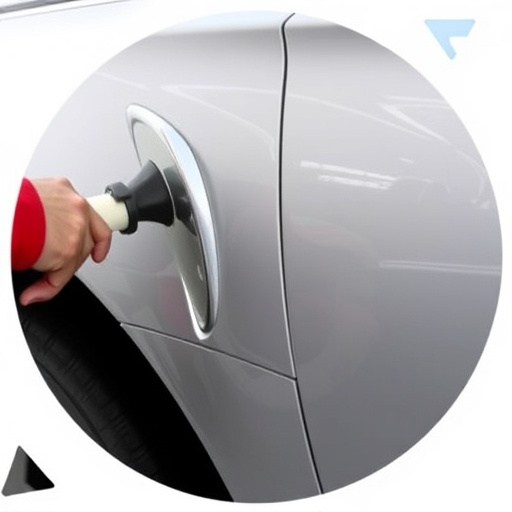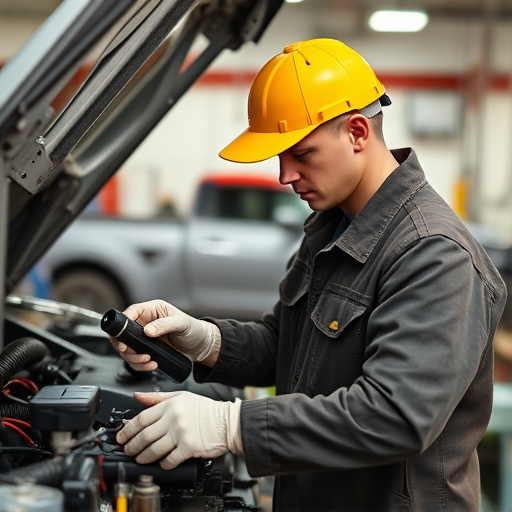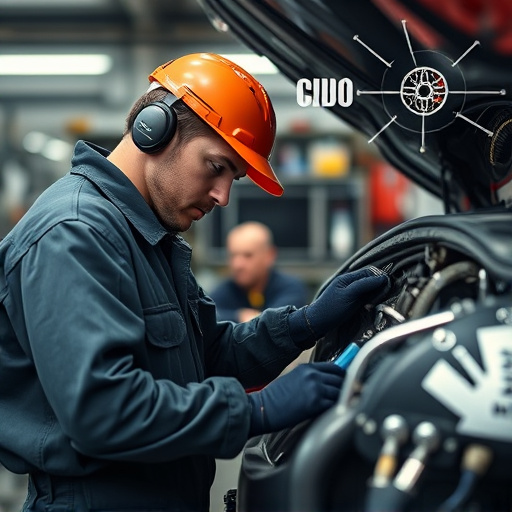Adjusters are crucial intermediaries in the collision claim process, managing relationships between policyholders and repair facilities. They assess damage, coordinate repairs, negotiate costs, ensure efficient settlement, and maintain quality control to streamline procedures, minimize delays, and build trust with policyholders.
In the intricate world of collision claim processing, adjusters play a pivotal role, serving as the bridge between policyholders and insurance companies. This article delves into the multifaceted responsibilities of these professionals, exploring how they navigate the often complex landscape of collision claims. From initial assessments to final settlements, understand the key functions and the critical importance of effective communication in ensuring a smooth collision claim process.
- Understanding Adjuster Roles in Collision Claims
- Key Functions of Adjusters During Processing
- Effective Communication: Adjuster's Duty in Claims Resolution
Understanding Adjuster Roles in Collision Claims
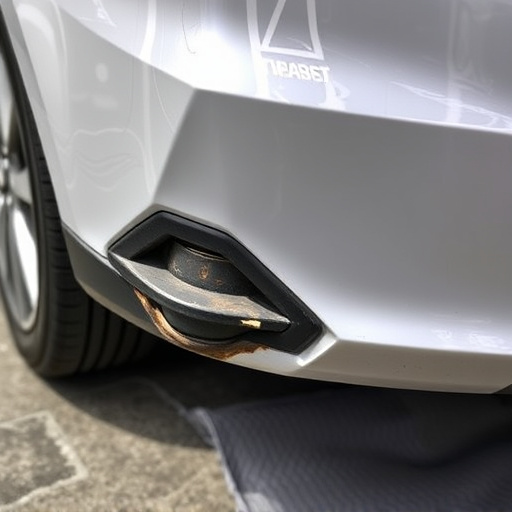
In the collision claim processing pipeline, adjusters play a pivotal role, serving as the bridge between policyholders and repair facilities. Their primary responsibility is to facilitate the smooth and efficient handling of vehicle damage following an accident. Adjusters assess the scope of work required for automotive repair services or even potential vehicle restoration, ensuring that claims are settled accurately and promptly. They communicate with all parties involved, including insurance companies, body shops, and policyholders, to coordinate efforts in getting vehicles back on the road.
By specializing in the collision claim process, adjusters possess a deep understanding of vehicle collision repair methodologies and the associated costs. This expertise enables them to make informed decisions regarding the allocation of resources, be it for minor fender benders or more complex incidents requiring extensive vehicle restoration. Their involvement ensures that policyholders receive adequate compensation while maintaining the financial health of insurance providers.
Key Functions of Adjusters During Processing
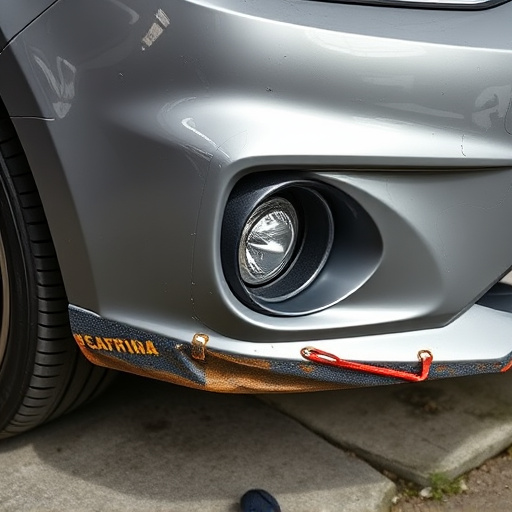
Adjusters play a pivotal role in the collision claim process, serving as the liaison between insurance companies and policyholders. Their key functions encompass assessing damage, negotiating with repair facilities, and ensuring efficient settlement. These professionals meticulously examine vehicles involved in collisions, evaluating every aspect of the damage to determine liability and scope of repairs required.
One of their critical tasks is coordinating with trained technicians for accurate and timely auto body repair, including services like tire replacements if needed. They facilitate communication between policyholders, insurance providers, and mercedes benz repair centers, ensuring that all parties are informed and involved throughout the process. Additionally, adjusters inspect and verify work performed, confirming that repairs meet high standards before final settlement, guaranteeing both customer satisfaction and the integrity of auto body repair services.
Effective Communication: Adjuster's Duty in Claims Resolution

Effective communication is a cornerstone of an efficient collision claim process. Adjuster’s play a pivotal role in this regard, acting as the primary liaison between policyholders and repair facilities for auto body repairs, car body restoration, and auto glass replacement. They are responsible for clearly explaining the claims process, ensuring that all parties involved understand their roles and expectations.
Through proactive and transparent communication, adjusters facilitate quicker resolutions, minimizing the time and inconvenience for policyholders. They gather necessary information, assess damages, coordinate with repair shops, and keep policyholders updated throughout, thereby fostering trust and promoting a seamless experience during what can be a stressful time following a collision.
Adjusters play a pivotal role in the collision claim process, acting as the bridge between policyholders and insurance companies. By understanding their key functions, we can ensure effective communication and efficient resolution of collision claims. In this digital era, adjusters must adapt to new technologies while maintaining professionalism and empathy, fostering a smooth and satisfying experience for all parties involved.

